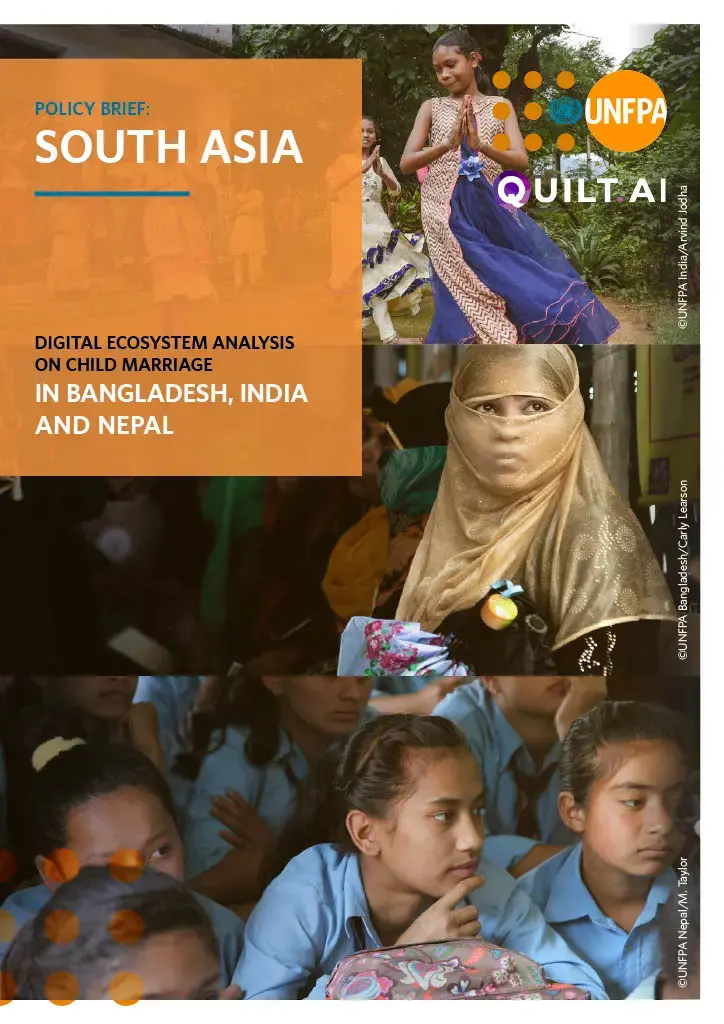The South Asian region has made great strides in reducing instances of child marriage – where a girl’s risk of marrying in childhood has dropped by more than a third, from nearly 50 per cent to 30 per cent. However, there is more to be done to eradicate the harmful practice.
Instances of child marriages across Bangladesh, India and Nepal are rooted in gender inequality and sustained by cultural and social norms, poverty and lack of opportunities. Further, natural disasters and social and political conflicts also contribute to high rates of child marriage. Humanitarian crises such as the COVID-19 pandemic have amplified the issue. It has led to increased sexual violence, the breakdown in the rule of law, disruption of social structures and internal and international displacement, all of which have led to child marriages in different contexts.
Governments, civil society organizations (CSOs) and non-profit organizations across all three countries have been working proactively to curb the issue of child marriage. The primary focus has been on empowering adolescent children through skill development and dialogue, enhancing the quality of and accessibility to education, health care and protection, fostering an enabling legal and policy framework, offering economic support to disadvantaged children and their families, and mobilizing parents and community members. Additionally, the South Asia Initiative to End Violence Against Children (SAIEVAC) was adopted by all three countries as a plan of action to end child marriages across the region. Finally, UNFPA and UNICEF have collaborated on a multi-country programme to end child marriage by involving families, educators, health providers, governments and religious and traditional leaders as part of the global effort to end child marriage by 2030.
Big data from online searches and public posts were analysed for Bangladesh, India and Nepal to identify potential trends related to child marriage. The reference period for search data ranged from April 2021 to March 2022, whereas for social media posts it ran from January 2018 to April 2022.


